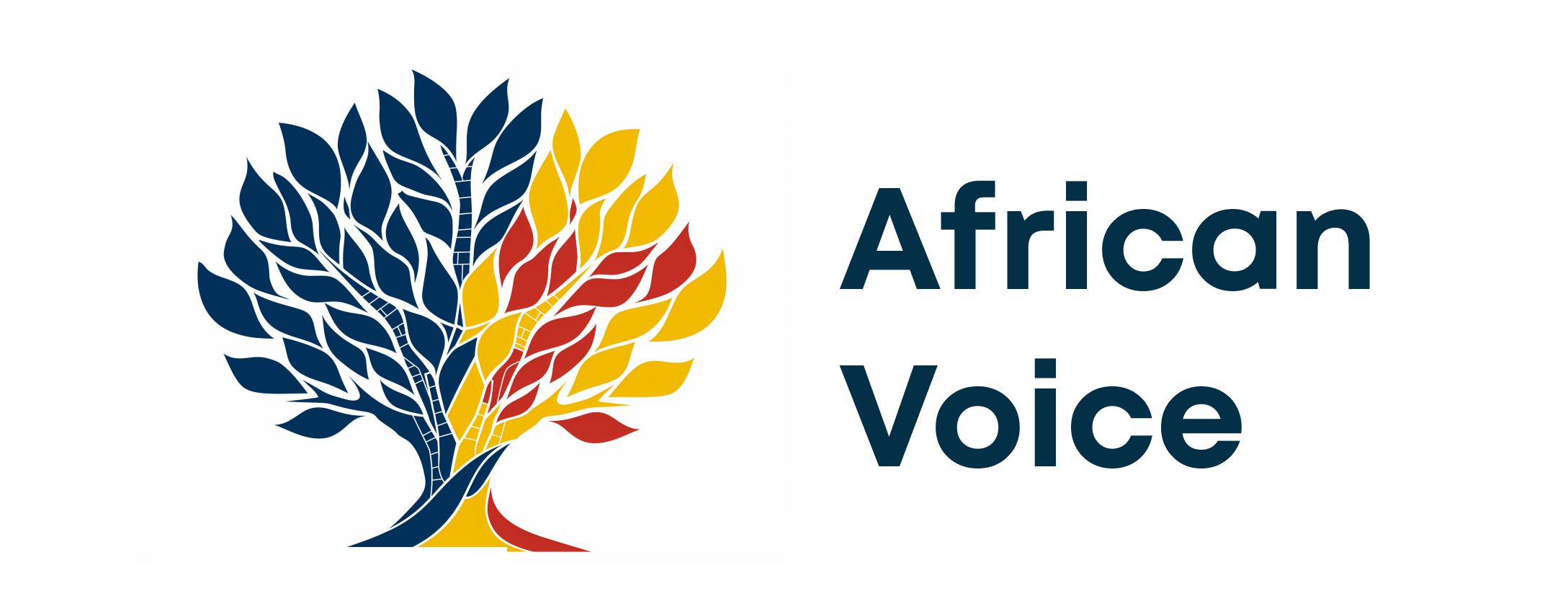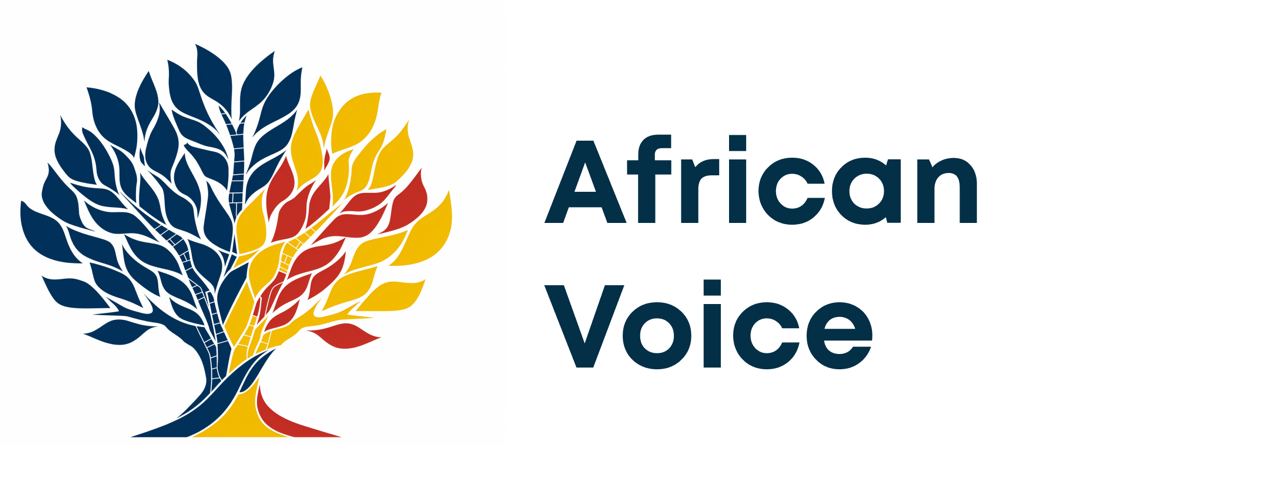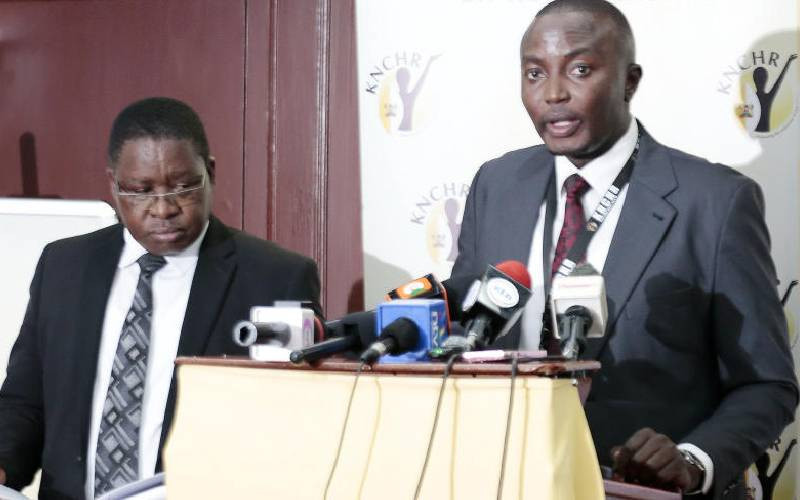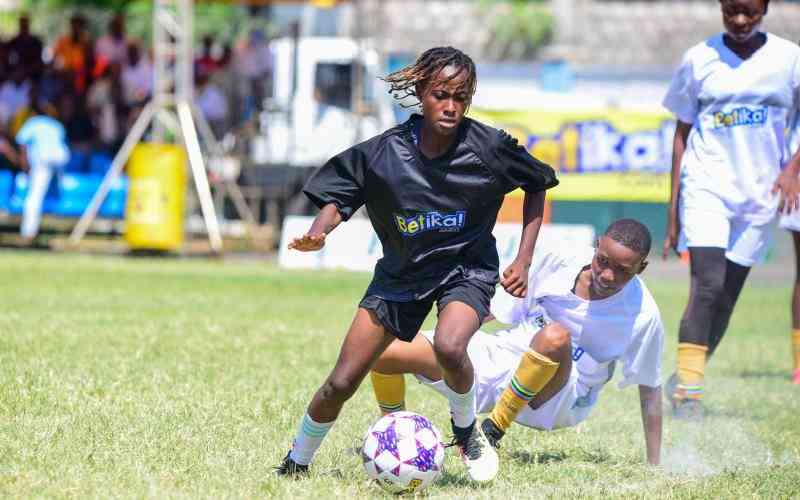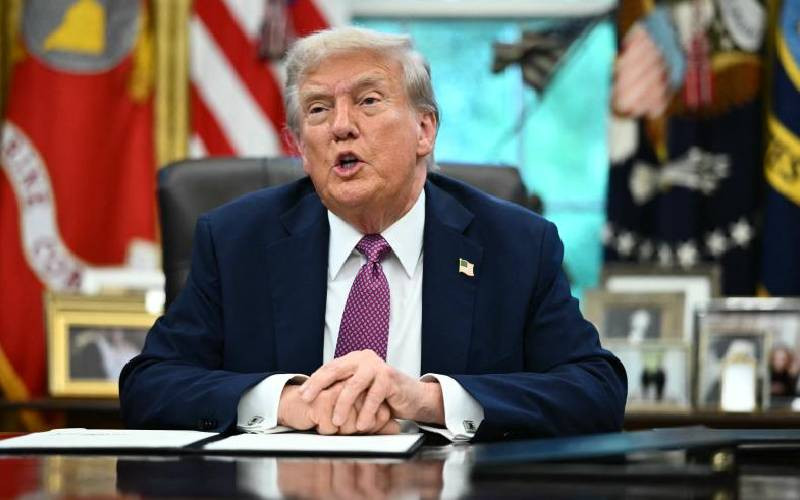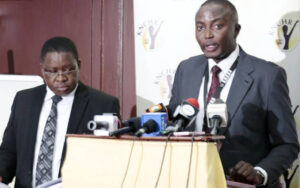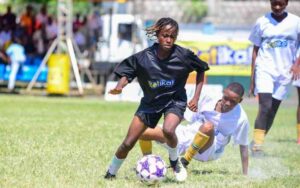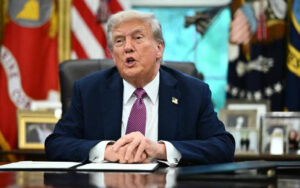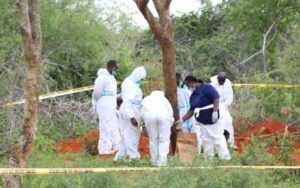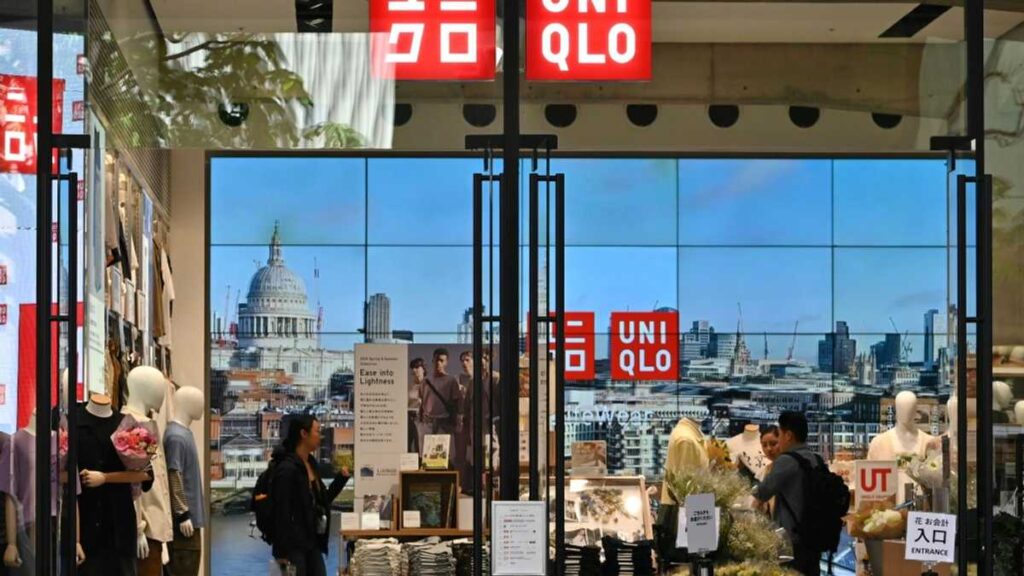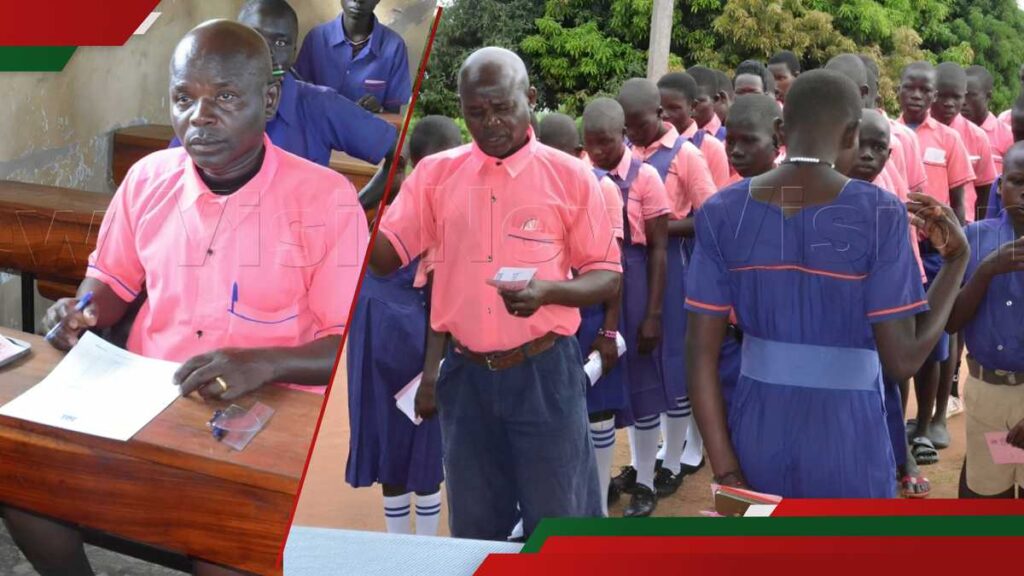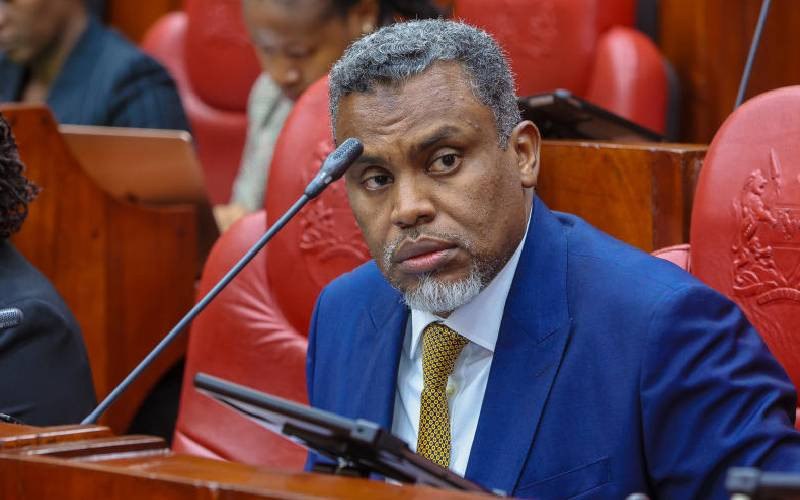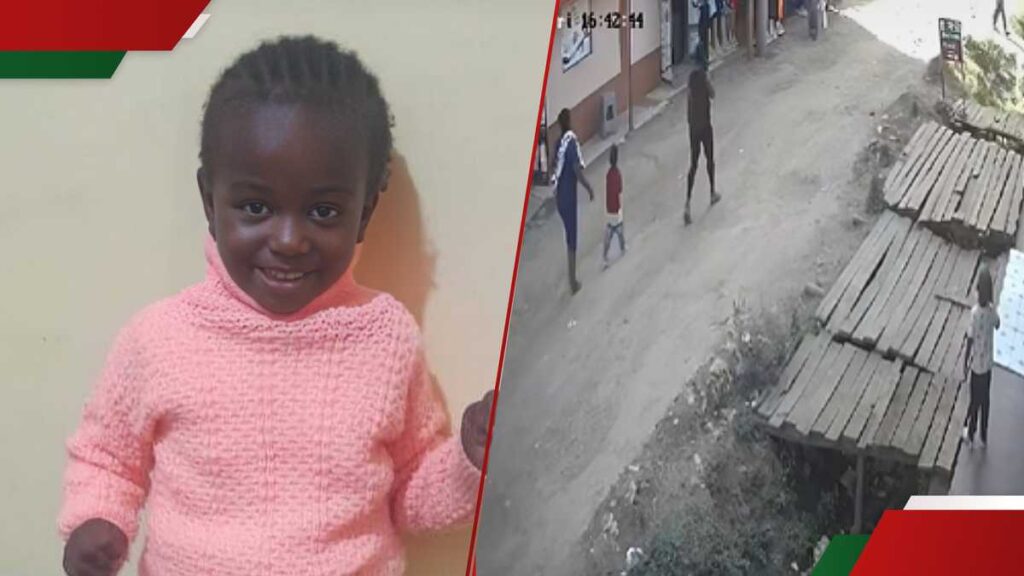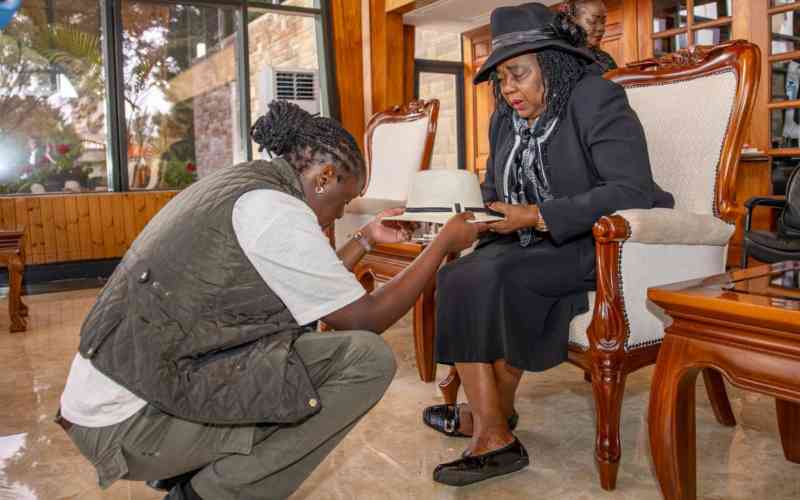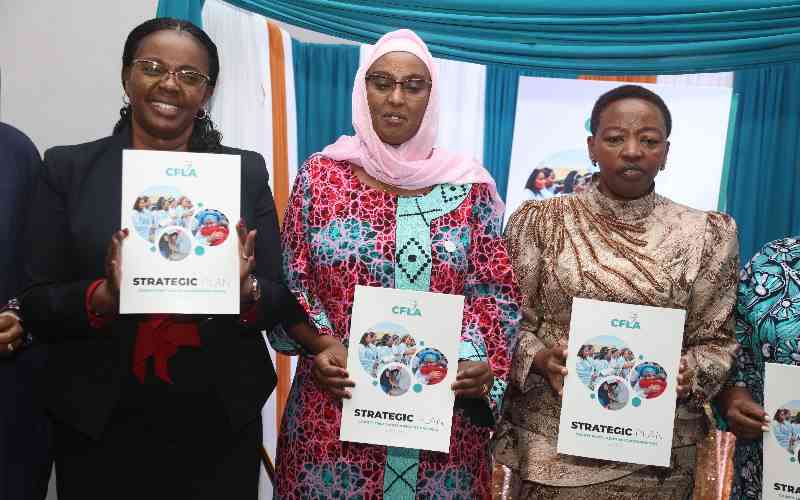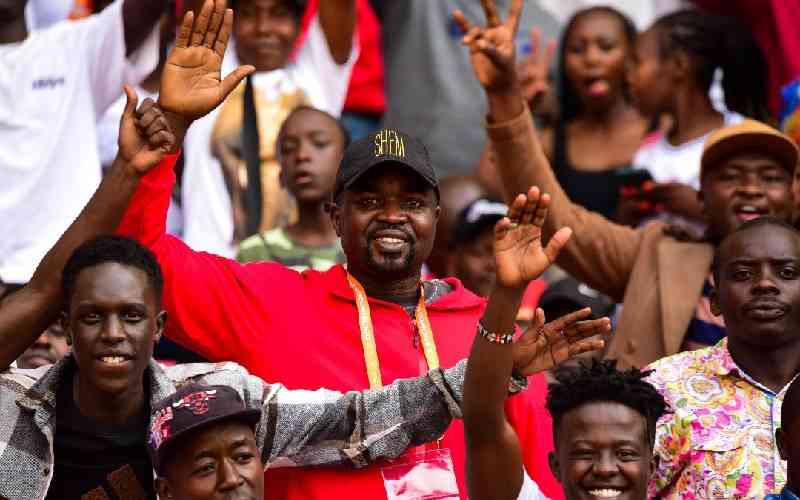There is growing concern over media censorship, intimidation, and attacks across the East African region as human rights violations continue to rise.
Recently, President William Ruto’s administration came under sharp criticism over attacks on journalists while covering the dramatic arrest of former Kakamega Senator Cleophas Malala in Nakuru over the controversial Echoes of War play.
At least six journalists were attacked and assaulted by police officers, raising concerns over intolerance and increasing authoritarianism.
Malala was tear-gassed at Kirobon Girls High School in Rongai, Nakuru and barred from overseeing the rehearsal of the Butere Girls High School’s play “Echoes of War”- a piece of art that critiques state brutality- at the National Drama and Film Festivals.
The Institute of Human Rights (IHR) was among organisations that expressed concern over increased attacks on journalists by police.
In response to the attack, IHR president David Koros, stated in a message from Geneva, Switzerland, that the media must be allowed to fulfill their professional duty of providing information to the public.
Koros regretted that media houses and journalists have frequently been victims of press freedom violations in the country, often facing attacks and harassment by police.
“Some have been brutalised, intimidated, threatened, or even killed, while others have been abducted,” he said.
The human rights defender emphasized that the increasing violations of press freedom pose threats to democracy, particularly when the government and media clash regarding the dissemination of information.
“Public information is a human right, and everyone has the right to access it without discrimination. It is hypocritical for the state to frustrate the media while simultaneously relying on it for information, especially during campaign periods,” he said.
But that was not the first time the police brutalized journalists.
At the height of the Generation Z protests in 2024, at least 24 journalists were attacked and injured by police, according to the Media Council of Kenya (MCK).
In Nakuru, a female journalist was shot three times on the thigh while covering the protests
MCK Chief Executive Officer David Omwoyo called on the Independent Police Oversight Authority (Ipoa), Director of Public Prosecutions and the Inspector General of Police to investigate and take action against the officers responsible for the attacks.
Stay informed. Subscribe to our newsletter
According to Article 19, a human rights NGO, the alarming decline in the safety of journalists and human rights defenders underscores broader issues of human rights abuses, crackdown on dissent, and erosion of civic space.
According to the 2023 Global Expression Report, ARTICLE 19’s annual review of the state of freedom of expression and the right to information around the world, Kenya ranked 69 out of 161 countries marking a slight decline from the previous year, dropping one place since 2022.
Worse even, the country plunged from 69th position to 116th in the Reporters Without Borders’ 2023 World Press Freedom Index marking the third biggest fall in that year’s Index.
“Historically, Kenya has persistently failed to take action against those responsible for attacks on journalists, human rights defenders, whistleblowers, and protesters. The government has been largely ineffective in investigating these crimes and prosecuting the perpetrators and instigators,” stated ARTICLE 19.
The organisation further raised concern over the trend and documented cases of security officers camouflaging as journalists covering protests with the intent to arrest protesters during Ge-Z demos.
“Impersonation of journalists by the police is a severe professional misconduct on the part of the police and endangers the lives of genuine journalists in the line of duty.”
Withdrawal of government advertising has also been used as a weapon against the media coverage on inadequacies and the ills in the government.
The move is meant to provoke self-censorship in media houses for media sustainability as many face serious revenue challenges.
The Constitution provides for the freedom and independence of media as stipulated in Article 34 while Articles 33 and 35 guarantees freedom of expression and access to information respectively.
In October 2024, Tanzania Communications Regulatory Authority (TCRA) suspended online content licenses for Mwananchi Communications Ltd for 30 days for publishing content that “damaged the country’s image’.
On October 1, The Citizen, a publication under Mwananchi Communications, released an animated video portraying a woman watching a TV broadcast featuring people speaking out about their missing or murdered loved ones.
Human rights groups described the move by President Samia Suluhu’s administration as a ‘growing crackdown on press freedom.’
According to a survey report by Twaweza, half of journalists in Tanzania have been threatened, harassed or assaulted at some time.
The survey titled Sauti za Waandishi also found out that two out of ten journalists have been arrested or detained by the authorities
In Uganda, at least 18 journalists were reportedly brutally assaulted by security forces on March 13, 2025, while covering Kawempe North by-elections
Police officers also confiscated and destroyed cameras, laptops and phones belonging to the journalists.
Uganda Journalists Union UJU President Lucy Ekadu termed the attacks as “a move orchestrated by the security agents to intimidate journalists, suppress access to information and muzzle media freedom in the country.”
Ekadu said the Uganda People’s Defence Forces (UPDF) must be held accountable for their attacks.
